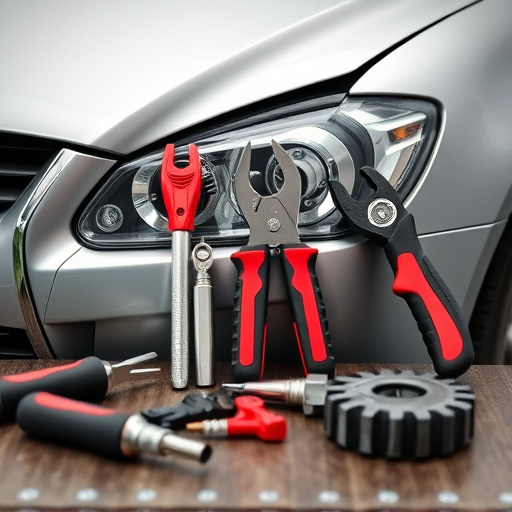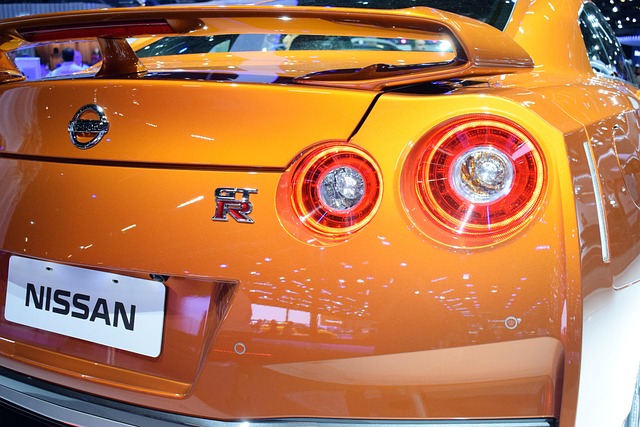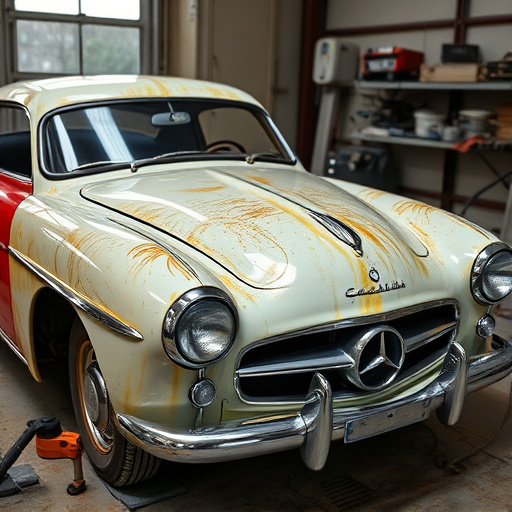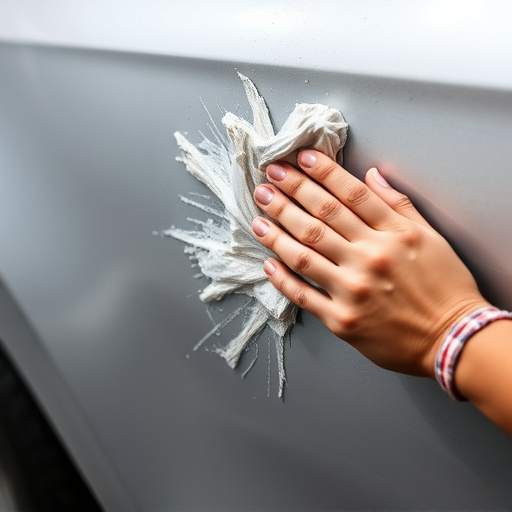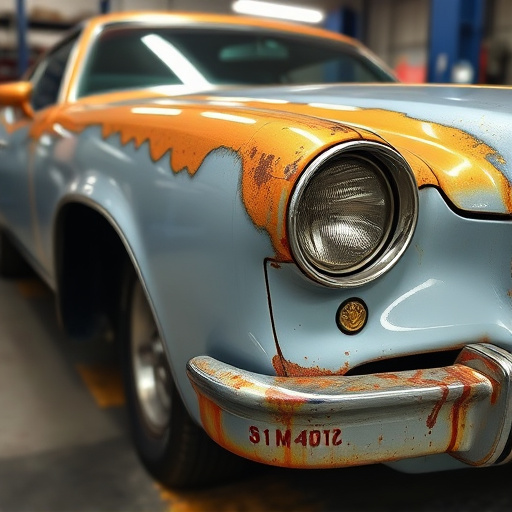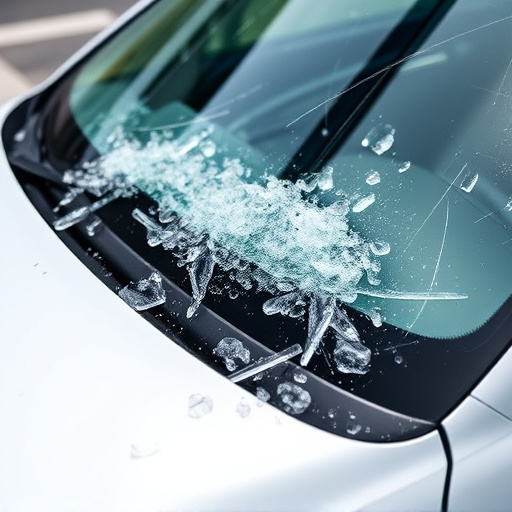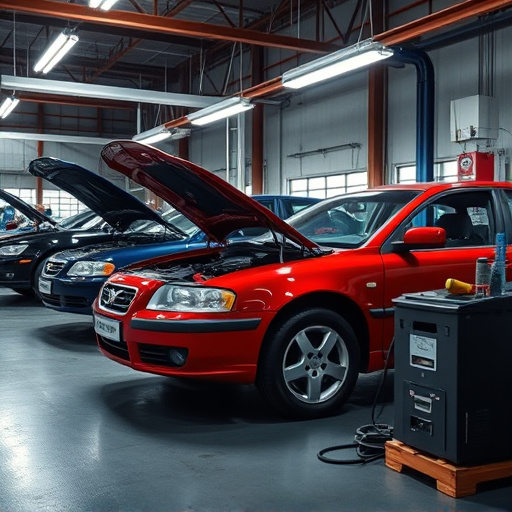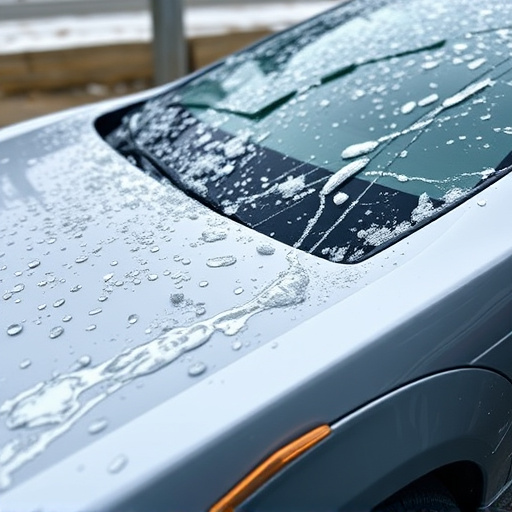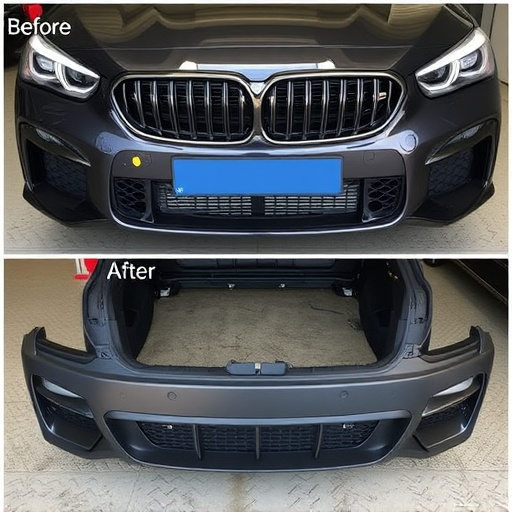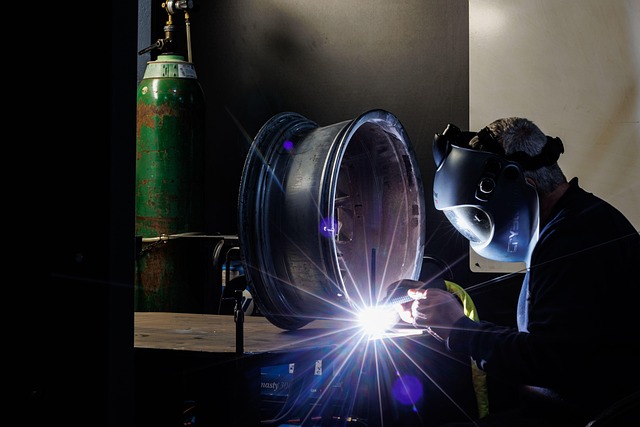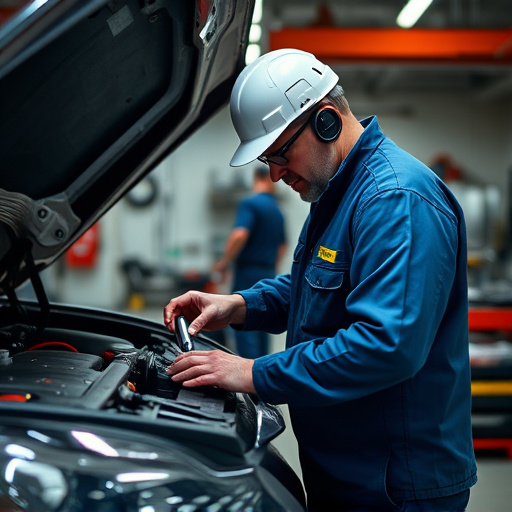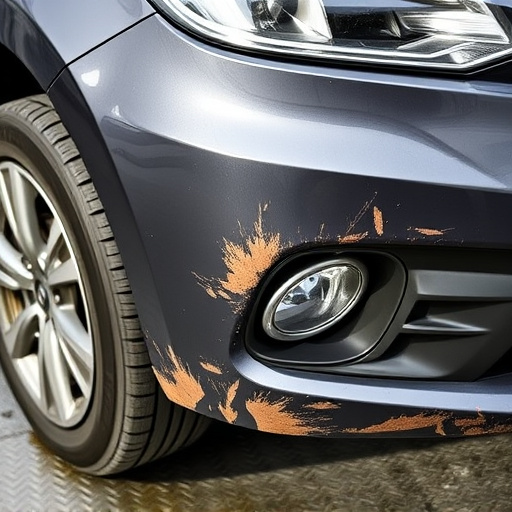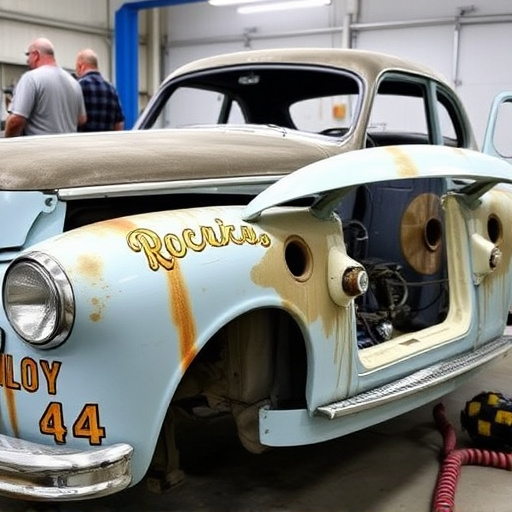Mercedes sensor adjustment is a vital aspect of modern automotive maintenance, ensuring optimal performance and safety. Specialized auto body shops use sophisticated tools to calibrate and synchronize sensors, preventing disruptions in communication that could impact ADAS, autonomous driving features, and overall vehicle efficiency post-collision or restoration. Regular adjustments using diagnostic tools identify and correct deviations, enhancing system accuracy and safety features.
Mercedes vehicles rely on sophisticated sensor systems for optimal performance and safety. Understanding and maintaining proper Mercedes sensor adjustment is crucial for ensuring seamless communication protocols between these sensors. This article delves into the intricacies of Mercedes sensor communication protocols, highlights the critical role of adjustment in their flawless operation, and offers best practices for effective calibration to keep your Mercedes running smoothly.
- Understanding Mercedes Sensor Communication Protocols
- The Role of Sensor Adjustment in Seamless Operation
- Best Practices for Effective Mercedes Sensor Calibration
Understanding Mercedes Sensor Communication Protocols
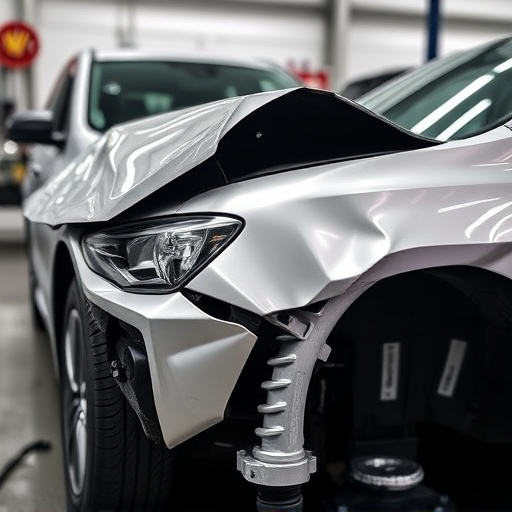
Mercedes vehicles are renowned for their advanced technology and precision engineering, and at the heart of this lies a sophisticated network of sensors. Understanding Mercedes sensor communication protocols is key to ensuring these systems function seamlessly. These protocols dictate how various sensors in a Mercedes car exchange data, facilitating everything from engine management to safety features.
Proper Mercedes sensor adjustment plays a crucial role in maintaining this intricate communication. It involves calibrating and synchronizing sensors to ensure they transmit and receive signals accurately. This is particularly vital for modern automotive repair and frame straightening processes, where advanced electronics must be meticulously maintained to prevent disruptions or malfunctions that could impact the overall performance and safety of the vehicle. Auto body shops specializing in Mercedes repairs often employ sophisticated tools to adjust these sensors, guaranteeing optimal communication protocols for a smooth driving experience.
The Role of Sensor Adjustment in Seamless Operation
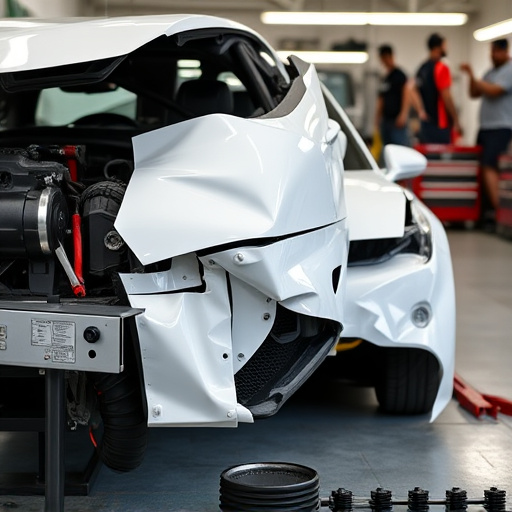
Mercedes sensor adjustment plays a pivotal role in ensuring seamless operation of various automotive systems, especially those reliant on sensor data for critical functions. By accurately calibrating and adjusting sensors, the vehicle can effectively communicate with its control units, leading to optimal performance and enhanced safety features. This process is particularly crucial in modern cars where sensors are integral to many advanced driver-assistance systems (ADAS) and autonomous driving capabilities.
Proper sensor adjustment prevents malfunctions, reduces false readings, and enhances overall system accuracy. In the event of a collision or automotive restoration, precise sensor settings become even more critical. Auto repair shops that specialize in Mercedes vehicles understand this and prioritize sensor adjustment as part of their routine maintenance and repair services, ensuring that each sensor operates at peak efficiency for seamless sensor communication protocols.
Best Practices for Effective Mercedes Sensor Calibration
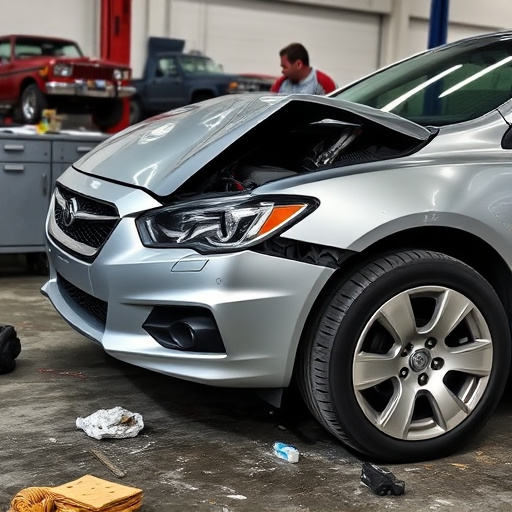
Maintaining optimal performance and reliability of Mercedes sensors requires a structured approach to calibration. Best practices involve regular sensor adjustment, ensuring all components are in sync with the vehicle’s control system. This process begins by identifying any deviations or inconsistencies in sensor readings through diagnostic tools. Once detected, precise adjustments are made using specialized equipment, calibrating each sensor according to manufacturer specifications.
Proper calibration aligns sensors’ data inputs, fostering seamless communication across various systems. For instance, accurate temperature and pressure sensors enable efficient engine management, while well-calibrated lighting sensors optimize headlights and taillights’ functionality. Regular maintenance also includes cleaning sensors free from dirt or debris and checking for physical damage. Adhering to these best practices ensures your Mercedes’ safety features, comfort, and overall performance are at their peak, similar to how meticulous auto painting prepares a car’s surface for flawless finishes.
Mercedes sensor adjustment is a key component in ensuring optimal vehicle performance and safety. By understanding and implementing proper communication protocols, along with regular calibration, drivers can experience seamless interactions between sensors, leading to enhanced driving efficiency and peace of mind. Adhering to best practices for Mercedes sensor calibration guarantees accurate data transmission, ultimately contributing to the overall reliability and responsiveness of modern automotive technology.
